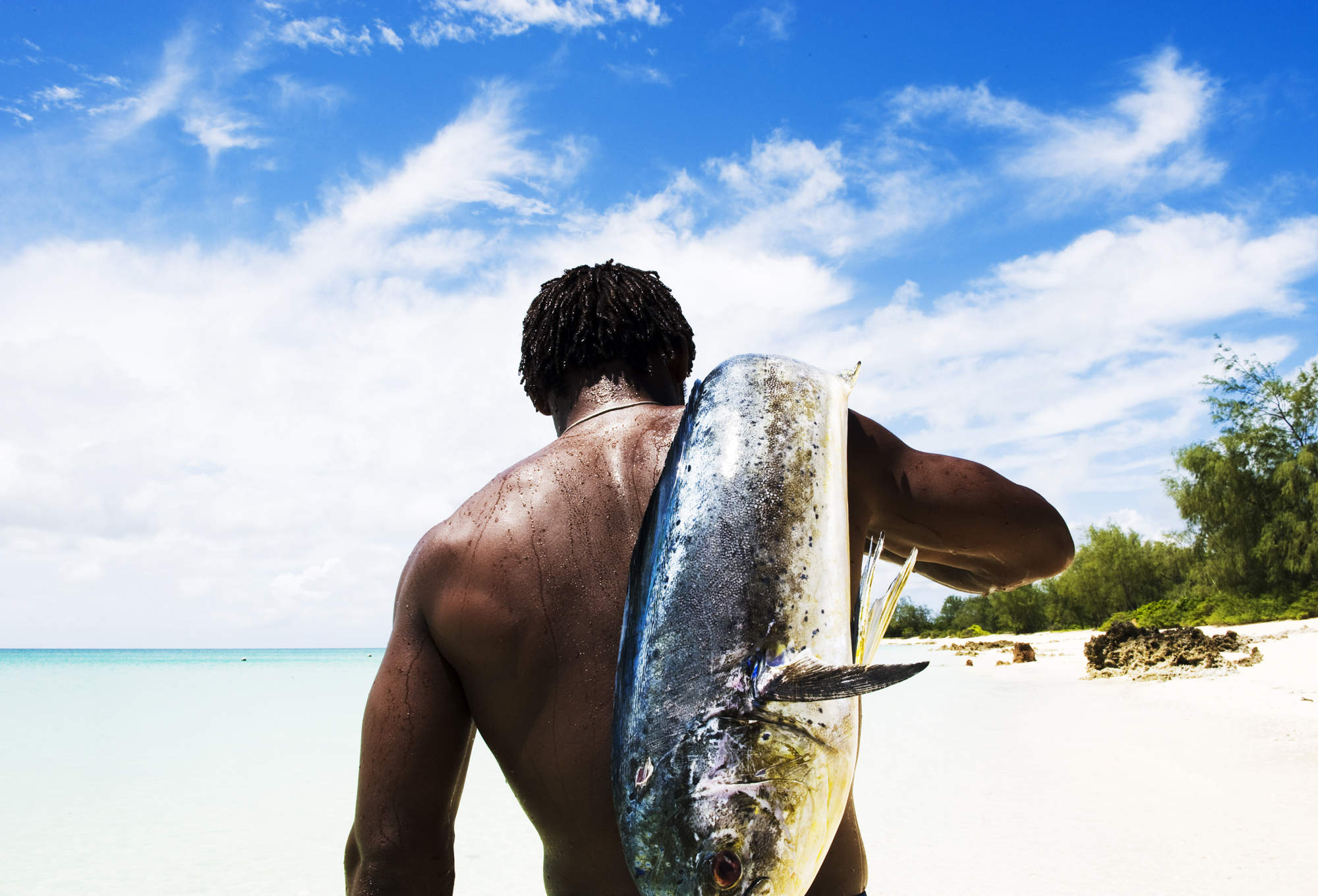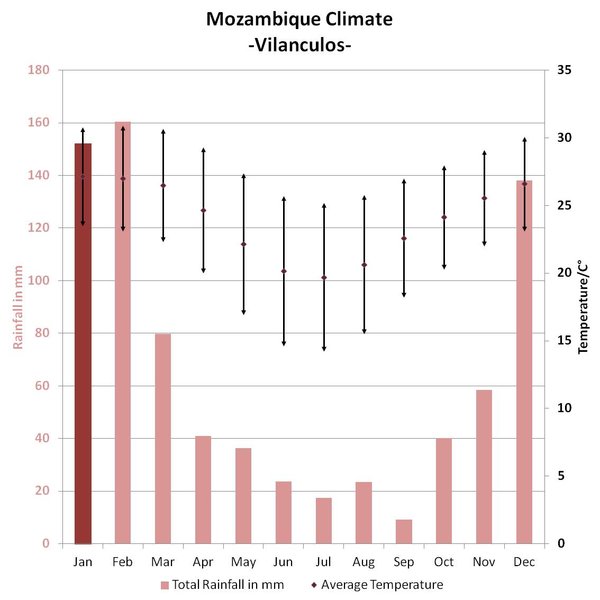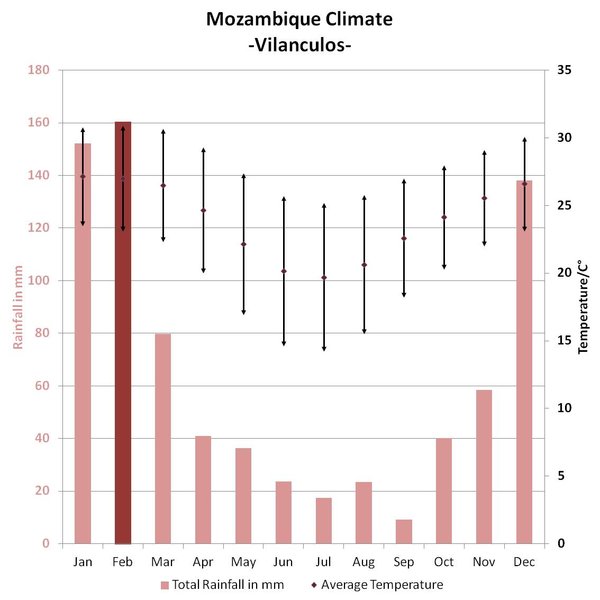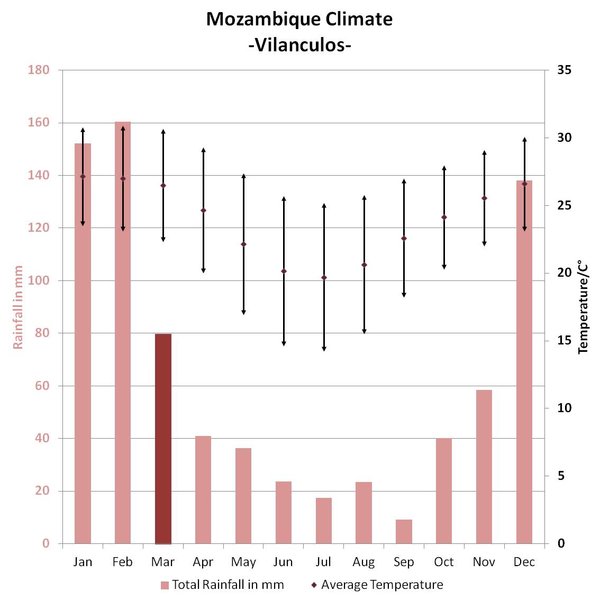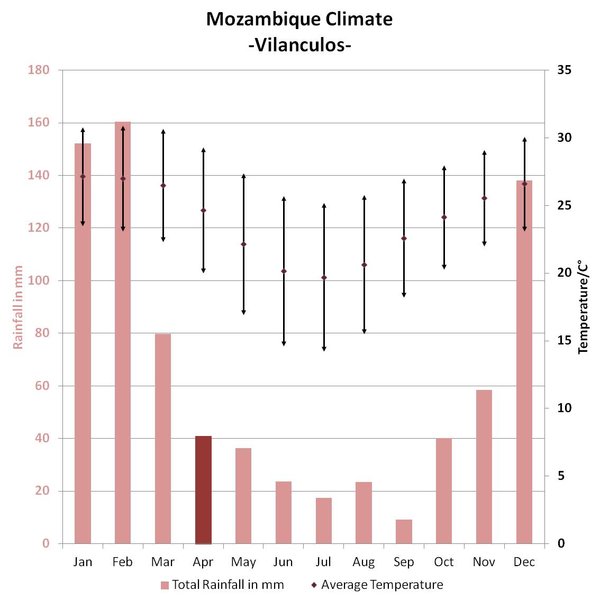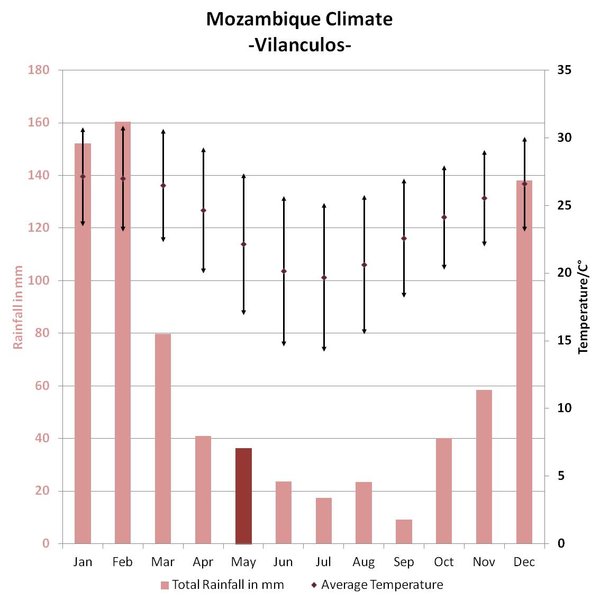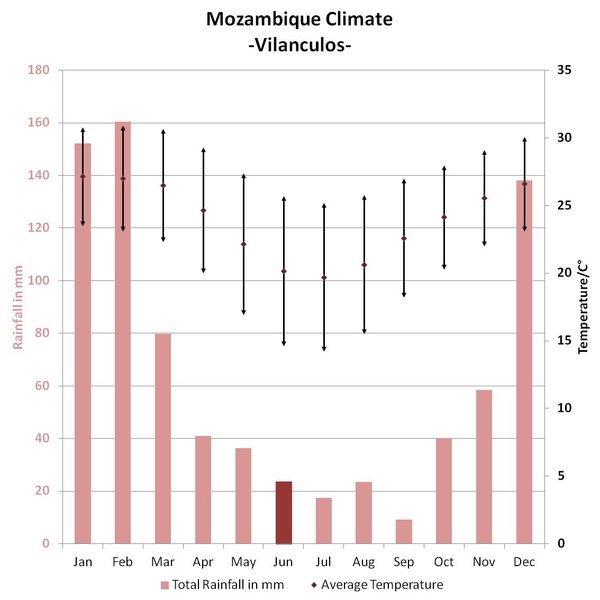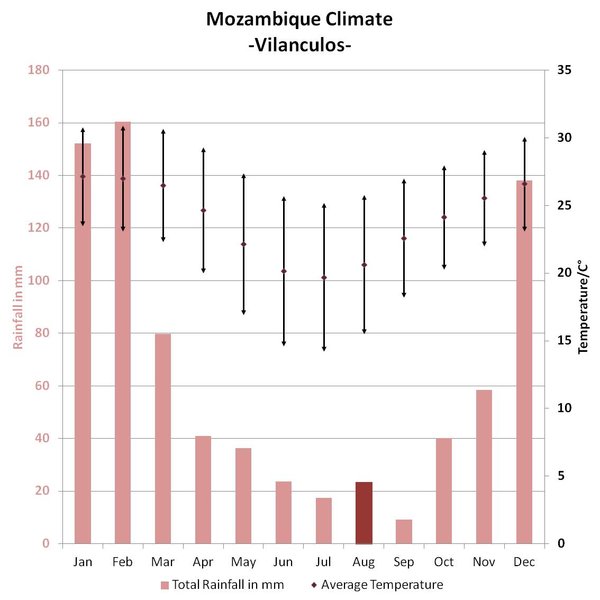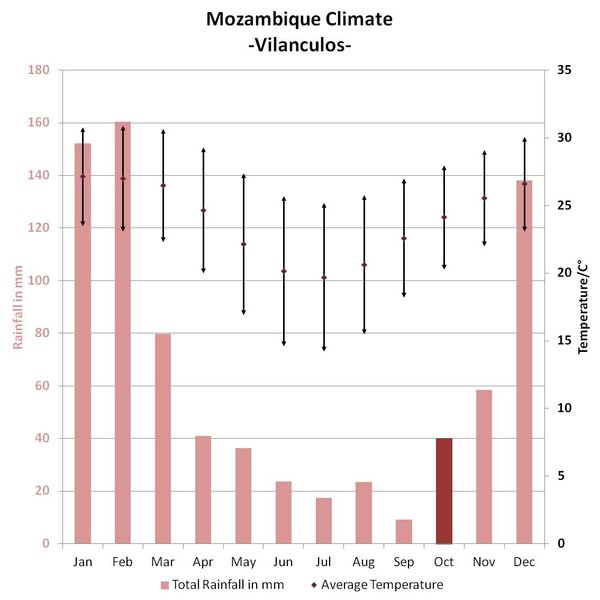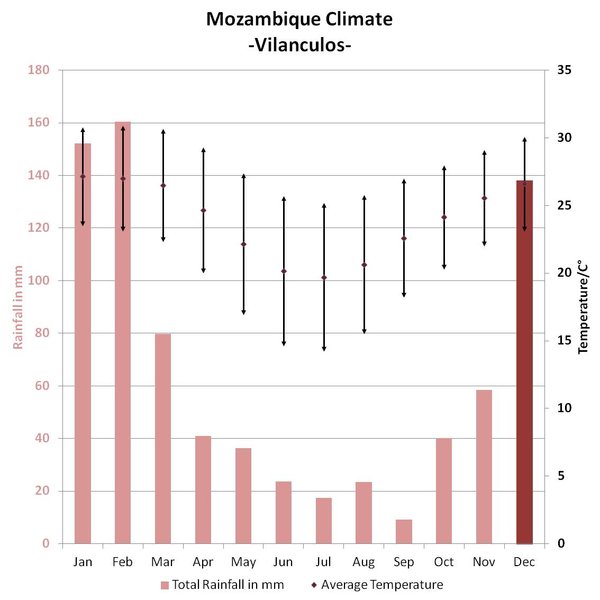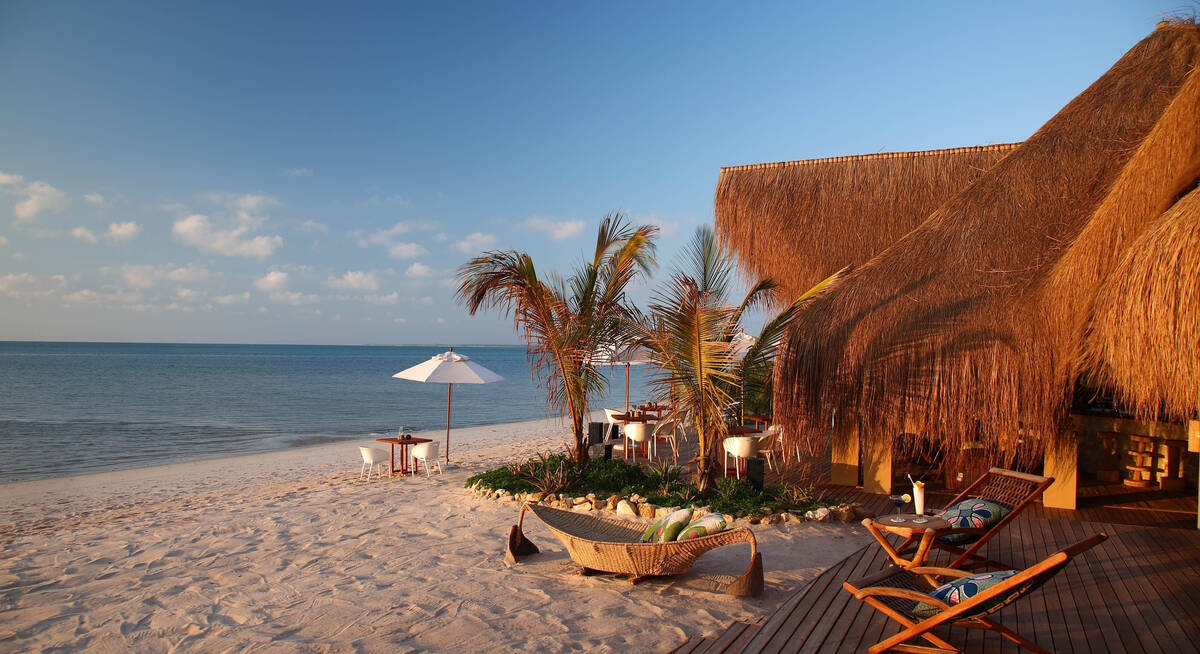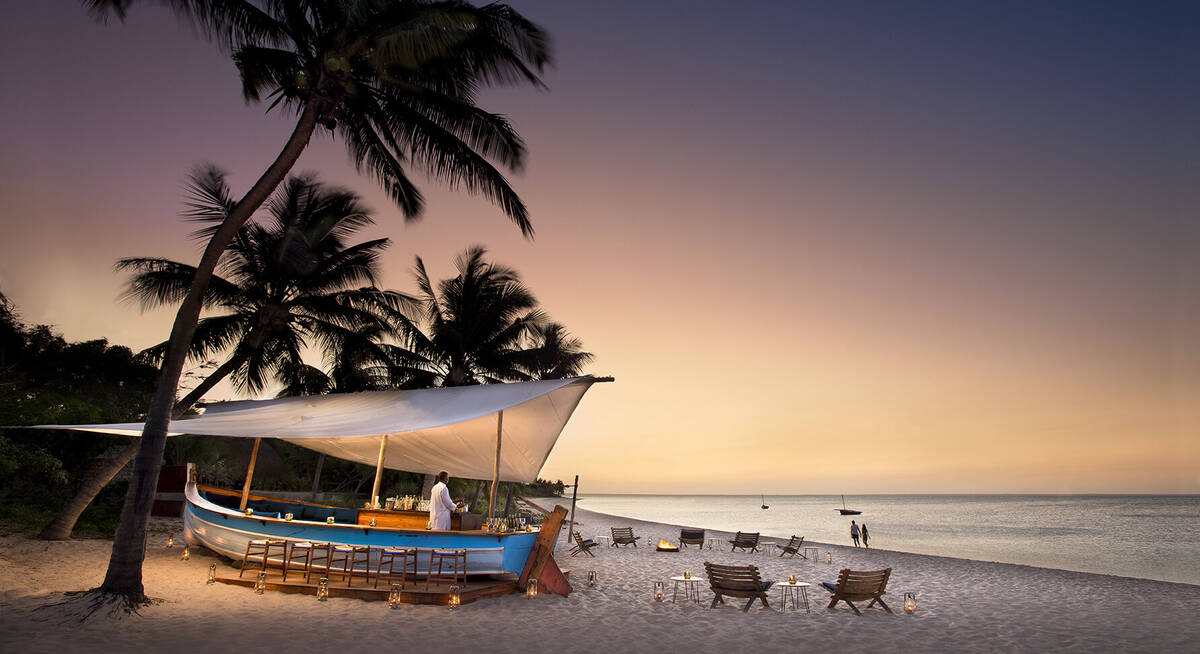January: the wet season. Rain and humidity levels are very high.
February: the peak of the wet season; the wettest and hottest month of the year.
March: the last month of the rainy season.
April: the rain subsides gradually, and the temperatures fall a little.
May: clear air and warm temperatures at the start of the dry season.
June: a dry, lovely month and the main season for visitors has already started.
July: lovely warm days, cooler nights and normally very little rain.
August: like July, the days can be hot, but the nights cool down.
September: the driest month of the year, with increasingly warm days and lovely evenings.
October: the hottest of the dry months, with balmy evenings & with common rain at the end.
November: an unpredictable month during the transition from the dry to the rainy season.
December: a wet, humid month as the rainy season has started.
Our top picks for holidays to Mozambique
We'll always tailor-make your holiday for you. Here are some of our favourites to inspire you.

Looking for inspiration on where to travel next?
Visit our trip chooser to explore your options and find inspiration for your perfect African adventure
Inspire me